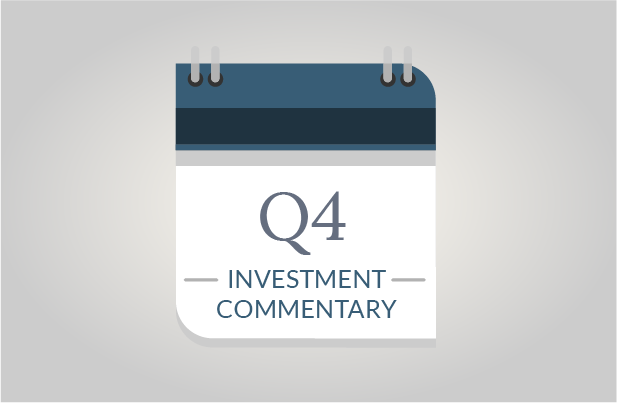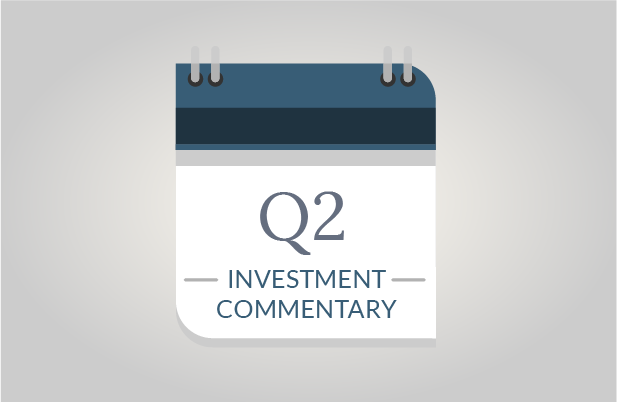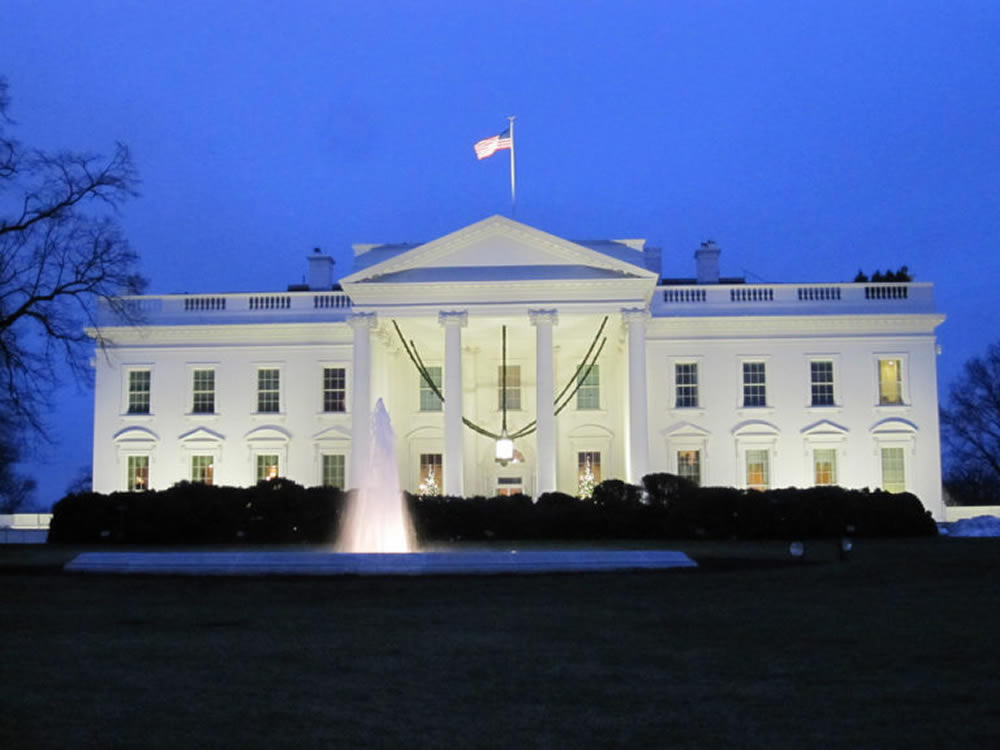SageVest Wealth Management recently released our quarterly commentary for year-end 2016. Highlights are as follows:
– 2016 was a historic year in politics and the markets, with surprise reactions to populist movements.
– 2017 will undoubtedly bring changes with a pro-growth, pro-business administration, possibly fueling an extended bull market.
– Valuations are rich, potentially supported by rising earnings, but stand as a warning signal.
After two years of muted returns, 2016 posted some relatively handsome results, but only after a rather bumpy start to the year, and coupled with lackluster international returns. Concerns about rates, oil and growth prospects chilled the markets last winter. After a modest recovery, two unexpected populist election results, in the UK and the US, startled the markets. Contrary to investor expectations, each brought surprise upside investment rallies (particularly in the US).
After such a historic year in politics, the economy and the markets, it’s difficult to predict what 2017 will bring, other than a strong probability of significant changes, here and abroad. SageVest Wealth Management remains generally optimistic with cautionary notes, and recommend that all investors heed the lessons of 2016, that forecasts can easily prove wrong and render surprises, particularly in a resilient market environment.
The Donald Trump Effect
Donald Trump’s presidential election win was hands-down the primary attribute behind 2016 investment results, and could remain the market-driver in 2017. Pundits predicted a strong market sell-off if Donald Trump won the election, yet the markets buoyed with a surprising and dramatic upswing. President-elect Donald Trump’s promises to reduce regulation, cut taxes and boost infrastructure spending are all pro-business, creating an aura of economic-friendly days ahead.
The prospects of impactful changes are certainly possible given a full Republican sweep of the White House, the Senate and the House of Representatives. That said, campaign rhetoric is sometimes just that. Furthermore, the Republican Party remains fractured with many different objectives within one ‘singular’ party. Initiatives that might raise deficit spending could prove difficult to pass among Republican budget hawks.
We expect a host of changes to occur in swift order post-January 20th, and a pro-business approach has the potential of moving the markets higher. However, we also expect a number of promised initiatives to stall as Republicans grapple over desires to enact change, remain fiscally responsible, grow the economy, and keep their constituents happy. If they can reach compromises and move forward, the economy and the markets could soar. However, if they bicker and deadlock, things could stall and the markets could disappoint. Only time will tell as we wait to see the dynamics of a new, and rather unique, administration.
The Impact Of Higher Rates
US interest rates moved higher in rapid fashion at year-end. The Federal Reserve Board (Fed) hiked rates, which was one contributing factor, but the election results were again the market-driver. A strong emphasis on fiscal spending, economic growth and US protectionary strategies pushed both US interest rates and the US dollar higher due to greater prospects for US spending, growth and inflation.
Rising interest rates are potentially of concern, particularly if they continue rising quickly. (Rapidly rising rates can choke off economic growth.) While we never have a crystal ball, we do expect rates to rise, but we don’t expect fly-away rate increases, nor fly-away inflation for two primary reasons:
First, as noted above, it will take time for many of Donald Trump’s presidential objectives to become reality. This is particularly true for any large spending-focused infrastructure projects. These simply take time to be approved, to plan for, and to implement, likely rendering them more realistic in 2018 at the earliest.
Second, while there are other pressures that could drive rates higher (namely inflation, economic growth and suggested sequential Fed rate hikes), we always have to consider the impacts of supply and demand on market prices. If rates move higher, more domestic and foreign investors could flock to US bonds, particularly given the incredibly flat global interest rate environment. When it comes to bonds, when demand rises, bond prices rise in response and bond yields (rates) fall. As such, we only see the potential for modest upward pressure on interest rates, unless other countries begin raising rates, which is relatively unlikely in the current environment.
A Rising Dollar
One potential headwind to growth is a rising US dollar. Higher rates and prospects for growth drew an influx of money into the States at year-end. This is something to watch in 2017, as a strong dollar makes US goods and services more expensive to sell to other countries, potentially placing our large, multi-national companies at a pricing disadvantage. Conversely, a strong US dollar could be a boon to international companies, which have experienced suppressed returns in recent years.
Valuations
While most of what we consider in the New Year is largely prognostication, one attribute is more defined: market valuations. Market valuations measure the price of stocks relative to their revenues, assets and earnings. When valuations are high, stocks are expensive.
Based upon historical norms, US stocks are slightly overvalued. Conversely, international stocks are relatively cheap to fairly valued. Higher than average US equity valuations can be viewed as potentially dangerous (if stock prices have outpaced earning potential), or a prediction of further growth to occur (if earnings growth is expected to quickly catch up to market prices). Everyone has a different viewpoint.
The most positive comments we can offer to support current valuations include recent growth in earnings and an incoming pro-growth administration. After several quarters of declining earnings, US earnings finally trended positive in the third quarter, with expectations of strong fourth quarter earnings results. Rising earnings support higher valuations, helping to bring valuations closer to historical norms, even while stock prices rise. Furthermore, should we be on the cusp of entering a pro-business, pro-growth era, this also bodes well for future earnings potential.
The above said, no administration has the ability to ultimately dictate the global economy. Investors should take heed of valuation levels in their positioning, especially if buying into the market, which is certainly not cheap. Furthermore, we make note of strong investor sentiment, which could bode higher for stocks as investors are more apt to buy, but could ultimately prove to be a contrarian indicator by historical standards.
Looking Ahead
We are generally optimistic as we look forward due to existing growth indicators, as well as the potential for further growth initiatives in the New Year. If rates remain in check, and the new administration is able to follow through on campaign promises, our US economy could easily trend higher. We nonetheless remain modestly guarded due to the potential for stalled political results, which could disappoint the markets, and due to market valuations levels. We believe this is a time to be positioned to enjoy the upside should market momentum continue, while also maintaining discipline in your investment structure given valuation warning signals.
As always, we encourage you to contact us with any questions.




